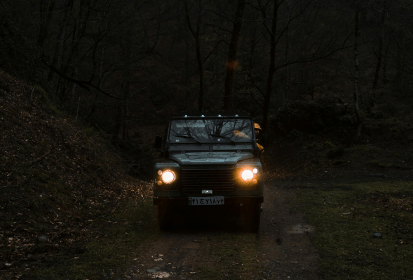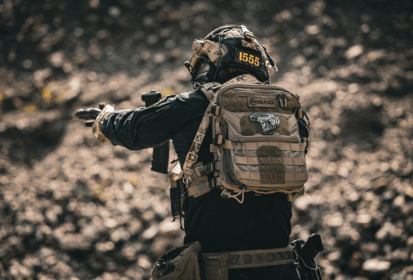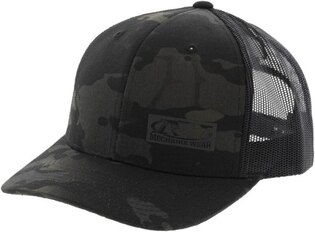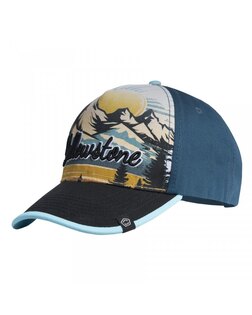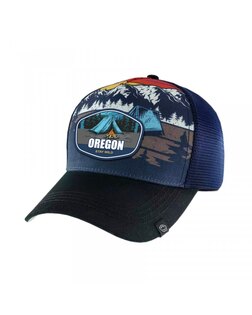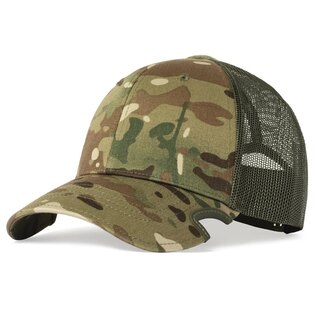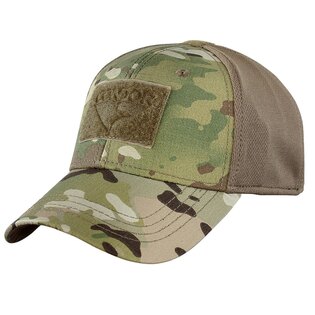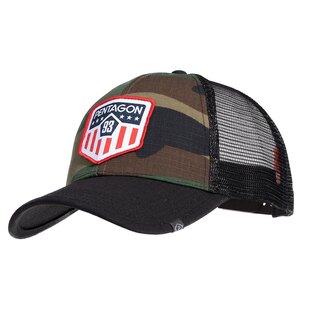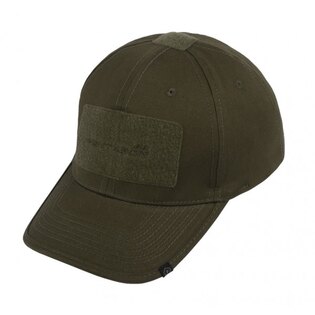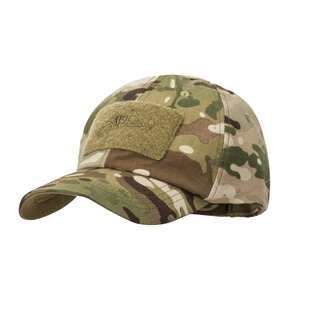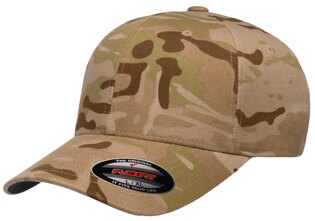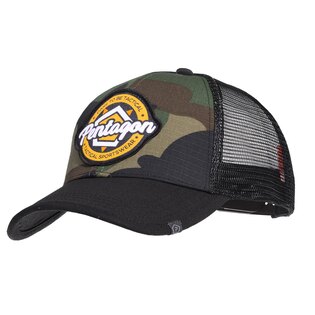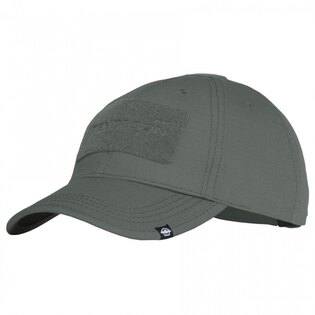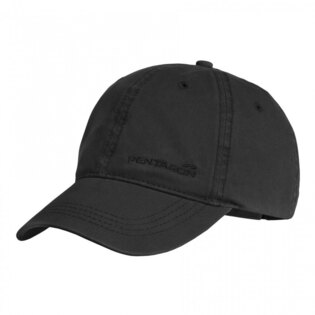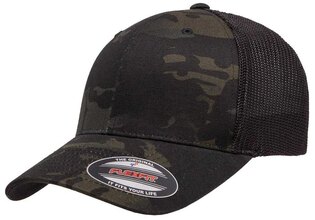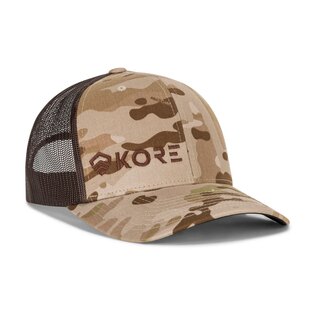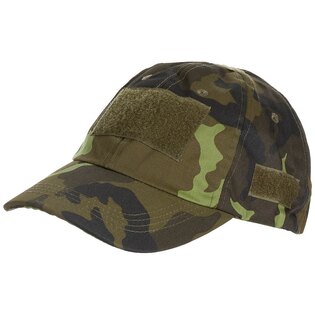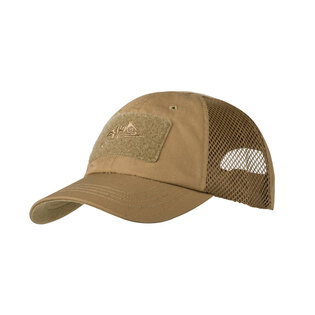Heatstroke and Sunstroke: Differences, Symptoms, and First Aid
Summer heat can be dangerous. Both heatstroke and sunstroke are serious overheating conditions that can lead to collapse and, in extreme cases, be life-threatening. This article outlines the key differences, symptoms, practical first aid measures, and effective ways to prevent them.
🔵 What Is Heatstroke?
Heatstroke occurs when the body overheats and its natural ability to regulate temperature breaks down. Sweating becomes ineffective, and internal temperature can rise to dangerous levels—often exceeding 40°C (104°F). Without timely intervention, the condition can be life-threatening.
👉 Important: Heatstroke can occur even without direct sun exposure—for example, in overheated rooms, cars, or during intense activity in high humidity.
⚠️ Common Symptoms of Heatstroke
- Rapid breathing, nausea, drowsiness
- Hot and dry skin (especially in advanced stages)
- Inability to sweat
- High body temperature (above 39°C / 102°F)
- Headache, confusion, or loss of consciousness

Head protection and adequate hydration are essential for summer outings. Heatstroke or sunstroke often results from a combination of heat, direct sun, and poor preparation.
🔵 What Is Sunstroke?
Sunstroke is a type of heatstroke caused by direct sunlight exposure, especially to the head and neck. It results in inflammation of the meninges (brain lining) and overheating of the brain itself. Symptoms can appear even several hours after sun exposure.
The most common cause is staying in the sun without a head covering.
⚠️ Symptoms of Sunstroke
- Headache, dizziness
- Nausea and vomiting
- Sensitivity to light
- Fatigue or altered consciousness
- Sometimes mild fever or elevated body temperature
Heatstroke or Sunstroke? The Difference Matters Less Than Acting Fast
| Heatstroke | Sunstroke | |
|---|---|---|
| Cause | Body overheating due to heat exposure (even without direct sun) | Direct sunlight on the head without protection |
| Typical environment | Saunas, cars, physical exertion in hot weather | Beach, hiking or outdoor activity without a hat |
| Symptoms | Overheating, fatigue, lack of sweating, vomiting, collapse | Headache, dizziness, nausea, tiredness |
| Risks | Thermoregulation failure, brain overheating | Irritation of the brain lining, painful condition |
| First aid | Shade, cooling, hydration, rest | Same – shade, cooling, fluids, rest |
🆘 First Aid for Heatstroke and Sunstroke
🆘 First Aid for Heatstroke or Sunstroke
- 🌳 Move the affected person to shade or a cool area.
Avoid further exposure to sun or heat. - ❄️ Cool the body gradually.
Apply cold compresses to the forehead, neck, or groin. A lukewarm shower or fan can also help. - 🚰 Offer fluids in small sips.
Use water or an electrolyte drink. Avoid alcohol and ice-cold beverages. - 🧠 Monitor consciousness.
If the person is confused, drowsy, or loses consciousness, call emergency services immediately. - 💊 Do not give fever-reducing medications.
They don’t address the root cause and can put additional stress on the body.
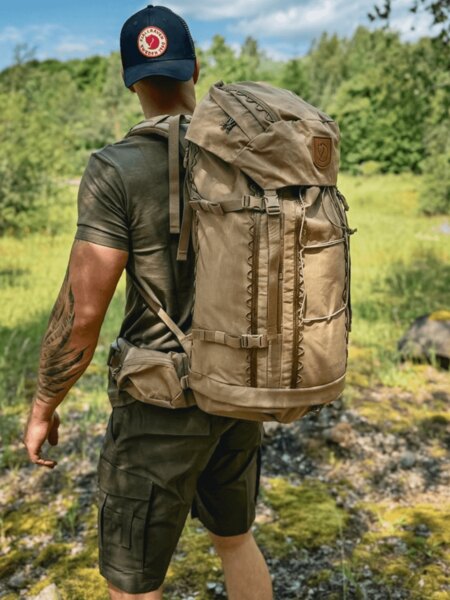
A cap is essential in hot weather to prevent sunstroke. Lightweight outdoor gear and proper headwear help protect against overheating, even on longer treks.
Prevention: How to prevent heatstroke and sunstroke
🟠 Stay out of direct sunlight between 11 AM and 3 PM.
🟠 Wear a hat – ideally light-colored and breathable.
🟠 Stay well-hydrated – don’t wait until you’re thirsty.
🟠 Use sunscreen and wear sunglasses.
🟠 Avoid strenuous physical activity in hot weather.
🟠 Never leave children or pets in a parked car.
🧾 Summary
Both heatstroke and sunstroke are serious conditions that can rapidly lead to collapse or more severe complications. Prevention is key – stay hydrated, wear appropriate clothing, and avoid overheating. If you suspect either condition, act quickly: cool the body, rehydrate, and monitor closely.
Readers are further interested
